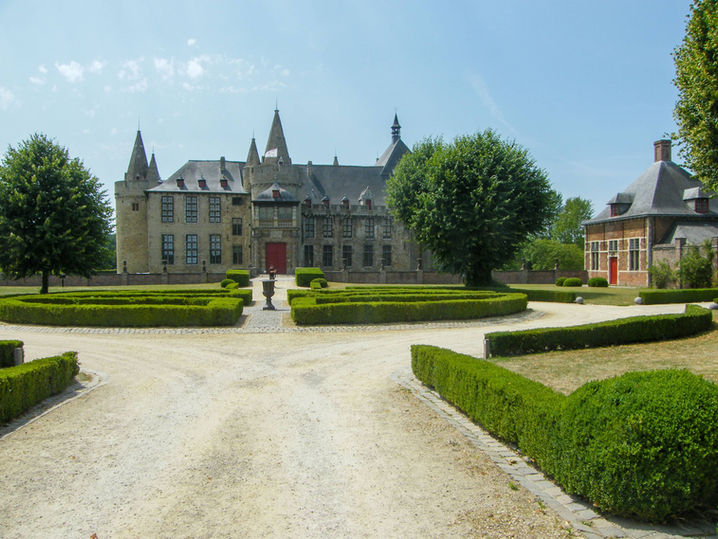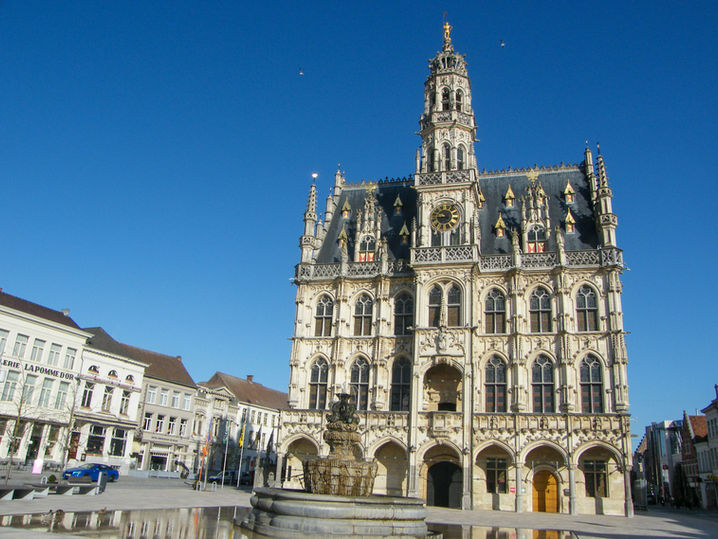Impressions of Flanders, Belgium
Flanders, the northern, Dutch speaking part of Belgium, belongs to the most densely inhabited regions of the world, at the heart of Europe. This piece of land of just 13,600 square kilometres, squeezed between the North Sea to the West and the basin of the Meuse River to the East has also offered the scene for a very dense page of history, with indigenous tribes conquered and subjugated by Rome, the Holy Roman Empire and Frankish dynasties dominating early medieval history, and more or less all major European powers having taken turns to impose themselves, from the Dukes of Burgundy, the Kings of France, to the Habsburg Emperors reigning from Toledo, Madrid or Vienna and to Napoleon. In the middle of all that, there is the brilliance in history of culturally and economically flourishing cities, first Ghent and Bruges, then Antwerp, and in their wake a whole range of smaller towns, one by one at the core of European development of art, science and economy. Some of these towns were also at the heart of the Great War, for four full years ferociously fought in trenches near the city of Ieper, Ypres for the English. Later on, we will have Ghent, Bruges and Antwerp on a separate page, but those other, smaller towns radiate remarkably well the character, history and cultural richness of Flanders too: they fully reflect the specific identity of the new, of today's Flemish region of Belgium and of the old, of the "Southern Lower Countries', which had remained under Spanish rule in the late 16th century, unlike the Northern provinces, today the Netherlands. In Flanders, the cities are older, the gentle green landscapes are more hilly and undulating, an open countryside in a densely urbanised land, at times even bucolic, and always fertile as the Lys, Scheldt, Dijle and Meuse Rivers meander their way towards the North Sea.
Before visiting the place of your choice:
The castle of Bornem occupies the right bank of the ancient river bed of the Scheldt River and has its origins in a 10th or 11th century fortification against Viking incursions, which were frequent and deadly. It took until 1587 for a Spanish nobleman belonging to the inner circle of Governor Alexander Farnese to tear down the remains of these early fortifications and replace them with a manor. This 16th century structure, in its turn, was demolished towards the end of the 19th century in order to construct the present large country house on the old foundations, still encircled by a large moat in a bucolic landscape.

© 2020.Created by Marc Van den Reeck with Wix.com























